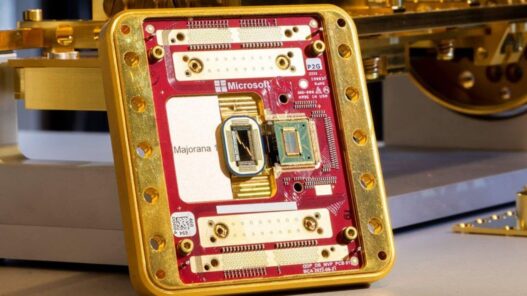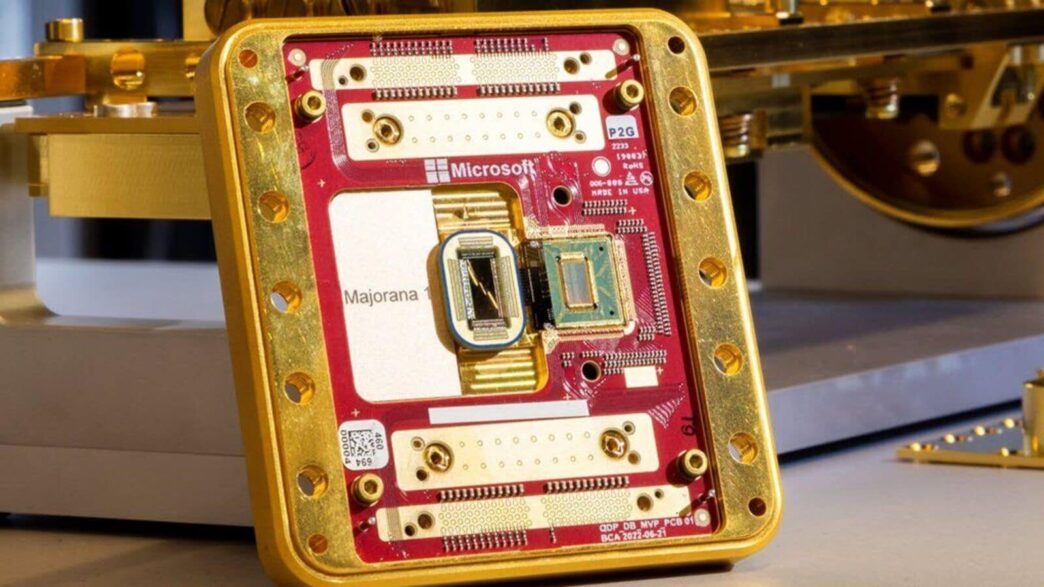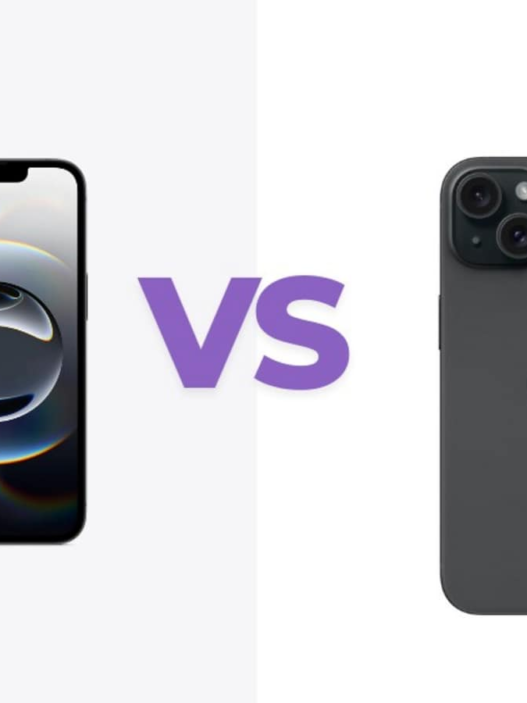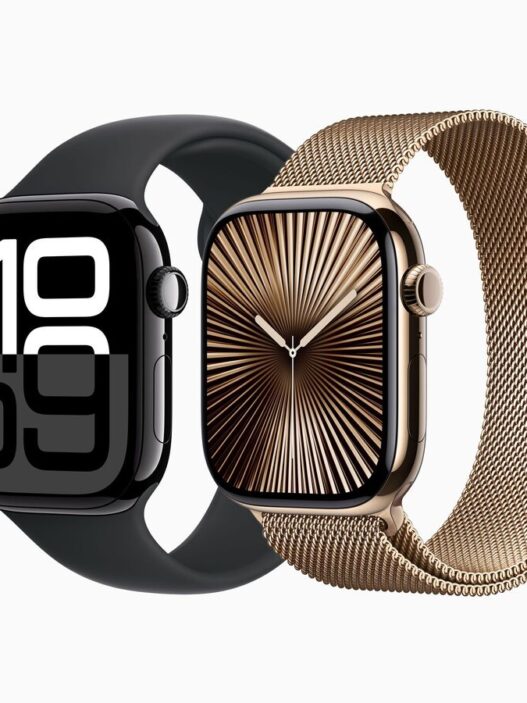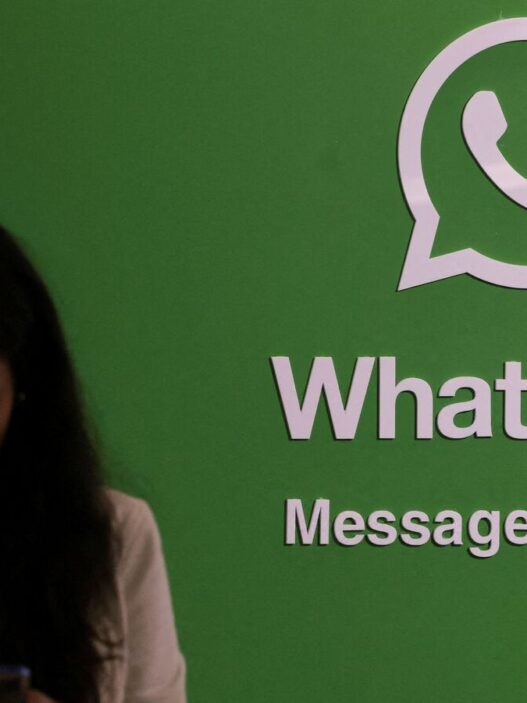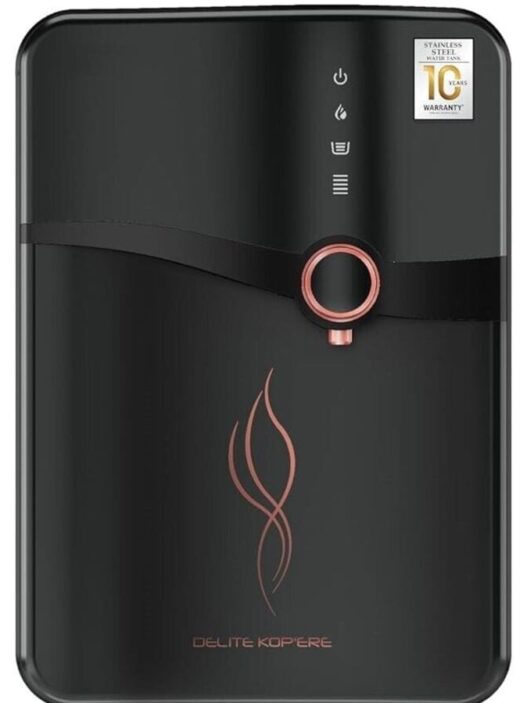Microsoft has unveiled a new chip called Majorana 1 that will potentially enable the creation of quantum computers to solve `meaningful, industrial-scale problems in years, not decades’.
In a blog post, Chetan Nayak technical fellow and corporate VP of quantum hardware, Microsoft, noted: Built with a breakthrough class of materials called a topoconductor, Majorana 1 marks a transformative leap toward practical quantum computing. Quantum computers promise to transform science and society—but only after they achieve the scale that once seemed distant and elusive, and their reliability is ensured by quantum error correction. Today, we’re announcing rapid advancements on the path to useful quantum computing Majorana 1, the world’s first Quantum Processing Unit (QPU) powered by a Topological Core, designed to scale to a million qubits on a single chip.”
This was two decades in development and as Satya Nadella, CEO Microsoft said in a post on X: “…we’ve created an entirely new state of matter, unlocked by a new class of materials, topoconductors, that enable a fundamental leap in computing.”
What is quantum computing and how is it different from the computing we know today?
Present-day, or classical computing, is based on the binary system, where the fundamental carriers of information, bits, can take on a value of either 0 or 1. All information is stored and read as sequences of 0s and 1s. A state of 0 is off (or false), and a state of 1 is on (or true).
In contrast, quantum bits or qubits can have multiple values or states between 0 and 1, enabling them to store different types of information simultaneously. Superposition and entanglement are two fundamental properties of quantum objects. The ability to manipulate these properties is what makes quantum computing fundamentally different from classical computing.
Classical computing has been the backbone of modern society, giving us the internet, digital banking, e-commerce, social networking and so on. It sent men to the moon, put robots on Mars, led to automation of factories and put smartphones in our pockets. However, many of the world’s biggest challenges (like climate change) and mysteries (developing environment friendly materials) remain beyond the grasp of classical computers. To accelerate and continue the pace of progress, we need to augment the classical approach with a new platform. That platform is enabled by the capabilities of quantum computers.
Also Read: Meet the four musketeers of India’s quantum computing dream
What can you do with quantum computers?
In today’s computers, an algorithm usually requires lots of parallel computations, which are time-consuming. But quantum computing will take into account multiple options simultaneously and execute an algorithm on all options in a single step. It will bring exponential compute power that will result in enhancing capabilities of artificial intelligence (AI) models, improved financial modelling, accelerate new drug discovery, improve weather forecasting, materials research and so on.
What is Microsoft’s approach to quantum computing?
Microsoft’s path to building a quantum computer relied upon being able to create a ‘topoconductor’ or topological conductor. It uses the newly developed material to create a new state of matter (other than solid, liquid or gas) called a ‘topological state’ which until relatively recently existed only in theory. Specifically, it relies on so-called Majorana particles. Majorana particles are hypothetical particles that were predicted by Italian physicist Ettore Majorana in 1937. Such particles can be used to build quantum computers as they make for stable quantum bits.
IBM, Google have in recent years announced breakthroughs in quantum computing. So, what is the significance of Microsoft’s announcement?
Microsoft’s new chip showed quantum computing is `years, not decades’ away and it joins recent efforts by Google and IBM in predicting that a fundamental change in computing technology is much closer than has been believed. In 2024, Google revealed its quantum chip and noted that commercial quantum computing applications are only five years away. IBM has said large-scale quantum computers will be online by 2033. Microsoft’s Majorana 1 brings us closer to the possibility of having practical use of quantum computers, completely overhauling computing as we know it today.
Also Read: Quantum computers may soon outclass traditional ones, says IBM fellow Jay Gambetta

